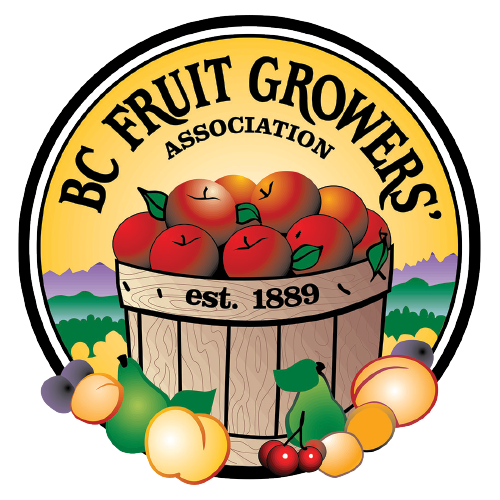The B.C.F.G.A. and Research

One result of the changing role of the B.C.F.G.A. was increased interest in the production side rather than the marketing side of the fruit business. An increasing number of convention resolutions concerned research into horticultural techniques. The B.C.F.G.A. called on various governmental agencies to push forward studies on the control of pests, on fruit handling and storage, on standarized nursery stock, and other related matters. By 1943, the Association was ready to put its money where its mouth was; that year’s convention voted to grant up to $5000 to the Summerland Experimental Station for research purposes. In the first year, only half of the grant was used, as the station was not immediately able to arrange for suitable laboratory facilities and personnel, but after that, the full grant, renewed year after year by the B.C.F.G.A. conventions, was spent. The first project undertaken was an in-depth study of the chemical composition and nutritive values of fruit, which was completed in 1946. After this, many projects were supported by the grant, ranging from study of storage problems to spray compatibility. After the death in 1953 of R.C. Palmer, superintendent of the Summerland Station, the grant was renamed the Palmer Memorial Research Grant. The grant was of course only a very small part of the cost of operating the Summerland Research Station. As Dr. Palmer pointed out in 1947, even on those projects specifically funded from the grant, the federal government put in at least two dollars for every one from the B.C.F.G.A. But the contribution showed that the B.C.F.G.A. recognized the importance of research to the fruit industry, and certainly helped to put the federal government in a receptive mood towards spending money on the other research the growers wanted undertaken.
Vignette: Conventioneering
While B.C.F.G.A. Conventions in the postwar era struggled with many weighty problems and witnessed many vigorous debates, they also had a lighter side. John Hall, the Association’s recordholder with twenty-nine years of service on the executive, recalls that a fair degree of “conventioneering” went on as well:
In the good old days there was the Imperial Bank, there was the Commerce, there was the Royal, there was the Toronto Dominion, and the Nova Scotia. They all had rooms at the Convention and the drinking started pretty early. . . . And the chemical people were all there. They all had their open rooms. If they knew you, Monday night would be a session, Tuesday would be a session, Wednesday was a great big session, and if you had to stay over Thursday there was still somebody around dishing out drinks. . . . How the boys . . . took it, I really don’t know. . . . I know some of them were still higher than a kite in the mornings, and yet it was still a good Convention-it was never messed up.
Vignette: Sprinkler Irrigation
For orchardists in the “Dry Belt” of British Columbia, getting irrigation water to the trees has always been one of the major tasks. In most areas this was accomplished by running open ditches between the rows of trees, but in some places this was not suitable because of uneven terrain. Some unlikely steep slope plantings were ditchirrigated, but suffered disastrous washouts when the water escaped from the ditches and ran downhill.

In the Creston Valley the first irrigation system, the Erickson Mutual Water Users’ Association, established in 1919, recommended that sprinklers rather than ditches be used in order to conserve water.1 The system used in Creston from around 1930 involved underground pipes, taps, hoses, and the “butterfly”-type sprinklers, similar to those used for lawns. A few scattered orchards in the Penticton area were also sprinkler-irrigated before the Second World War, but the clumsiness of the system and the fact that few irrigation districts supplied water under pressure, forcing the grower to install his own pump, limited the use of sprinklers.

As soon as aluminum was available for peacetime uses after the Second World War, orchardists began installing newly developed sprinkler systems based on portable aluminum pipes and improved sprinkler heads. The initial cost of about $100 per acre was soon offset by savings of twenty to thirty per cent in water consumption and about fifty per cent in labour.
At first, pipes and fittings were imported from the United States, but the substantial Okanagan market (thirty per cent of irrigated orchards, totalling over 11,000 acres, had converted by 1950), soon had local manufacturers getting into the act. Charles Oliver, whose Oliver Chemical Company at Penticton had been manufacturing iron flume and flume gum since the 1930s, began importing Stout aluminum sprinkler systems in 1946. Soon after, he had designed and was manufacturing his own Oliver system of couplers and hydrants.

By the 1960s furrow irrigation had virtually disappeared. Sprinkler irrigation, together with less expensive and more reliable electric water pumps, allowed growers after 1945 to plant on sandy and sloping ground where orchards had been impractical before. These plantings were important to the industry, as they helped to replace the areas of flat land near towns which were soon being swallowed up by urban expansion.







